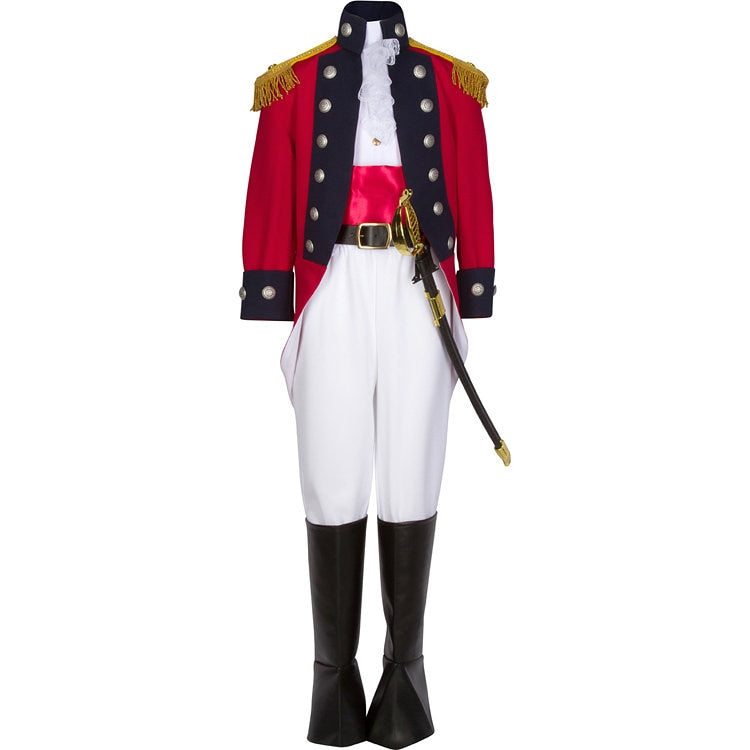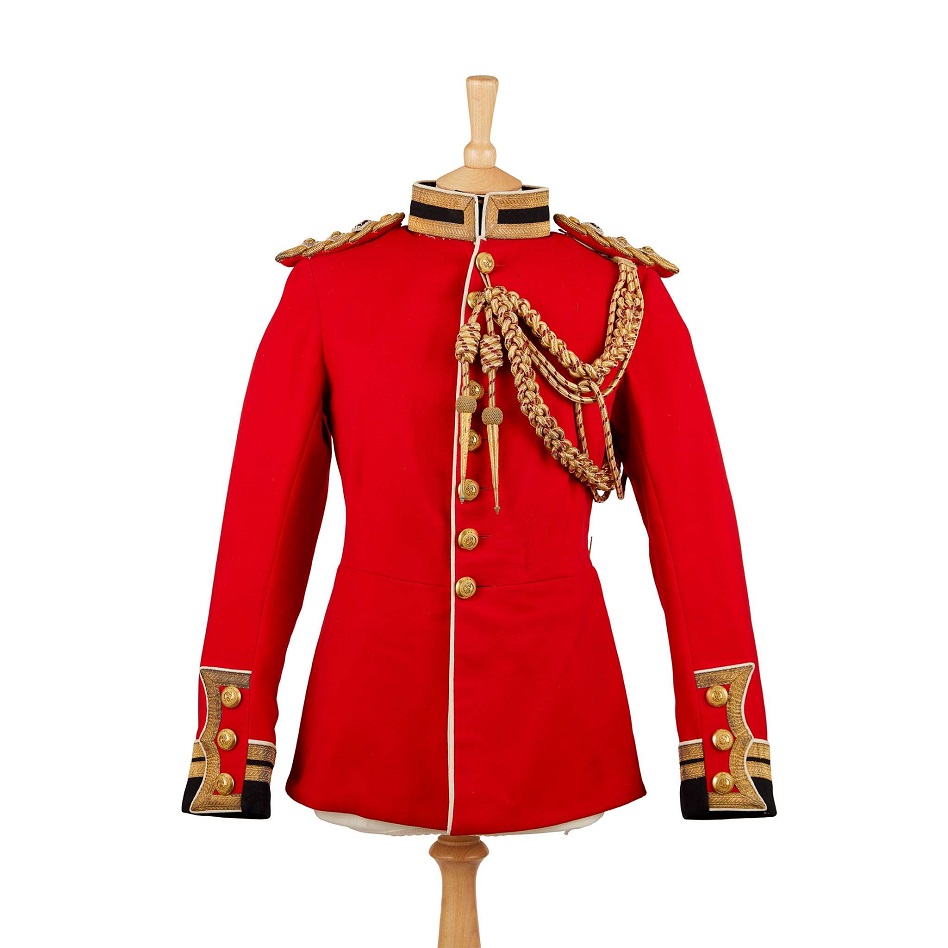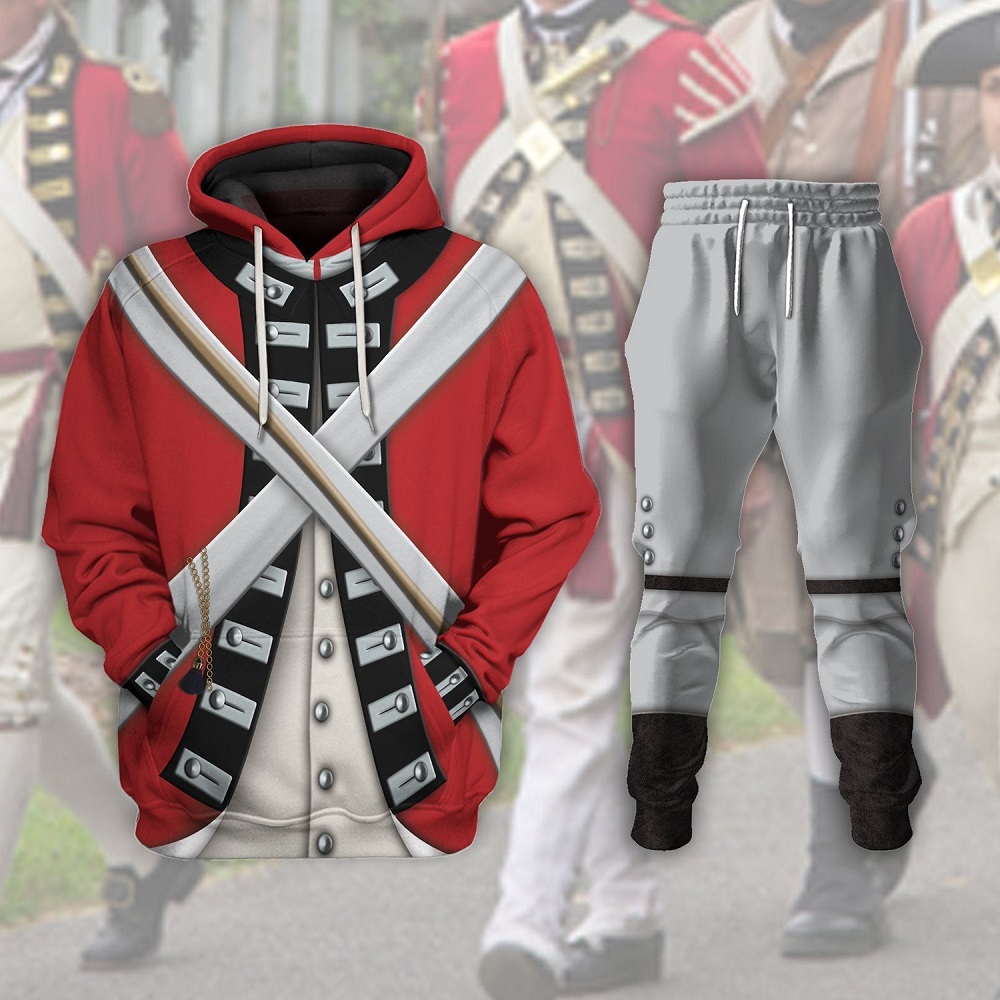The British Red Coat is an iconic garment that has become synonymous with the British Army. Its vibrant color and distinctive design have made it a symbol of military service, bravery, and discipline. As we dive into the history, significance, and evolution of the red coat, we will uncover the reasons it holds such a prominent place in military lore.
The Historical Roots of the British Red Coat
Early Beginnings
The history of the British Red Coat dates back to the late 17th century. In 1686, the British Army made a significant decision to standardize uniforms. They adopted the red coat as the primary color for their infantry. The choice of red was practical and symbolic. Red dye was relatively easy to produce, making it economical for mass production. Moreover, it was a color that was readily visible in the chaos of battle. This visibility gave soldiers a sense of unity and morale.
By the time of the War of Spanish Succession, the British Army was increasingly recognized for its efficiency and discipline. Red coats became a common sight on battlefields across Europe. Soldiers donned this distinctive uniform with pride. It represented not just their service but also their country. The red coat was not just a piece of clothing; it was a badge of honor.
Evolution of Design
Over the years, the design of the red coat evolved. Initially, the coats were long and loose-fitting. This design allowed soldiers to move more easily and comfortably during combat. However, as warfare evolved, so did the need for new designs. The Industrial Revolution played a crucial role in this transformation. Advances in manufacturing made it possible to create uniforms that were both functional and visually striking.
By the late 18th century, military fashion had changed significantly. The cut of the red coat became shorter, and it began to feature more intricate decorations. These changes reflected the growing importance of military pageantry. Parades and ceremonies became crucial aspects of military life. A well-dressed soldier in a red coat was a sight to behold. It embodied the discipline and tradition of the British Army.
The Red Coat in Warfare
The American Revolutionary War
The British Red Coat played a vital role in the American Revolutionary War. British soldiers, known as “redcoats,” faced off against American colonists fighting for independence. The visual impact of thousands of soldiers in bright red coats created a striking image on the battlefield. However, it also had its disadvantages.
The bright color made British troops more visible to American sharpshooters. The Americans, using guerilla warfare tactics, often targeted redcoats. This created a significant challenge for British commanders. They had to adapt their strategies while dealing with the consequences of their uniform choice.
Despite the challenges, the red coats remained a symbol of British power. They were synonymous with the might of the British Empire. Although the war ended in defeat for the British, the legacy of the red coat persisted. It became ingrained in popular culture and imagery, signaling a sense of authority and tradition.
The Napoleonic Wars
The red coat continued to hold significance during the Napoleonic Wars. British soldiers fought valiantly against Napoleon’s forces across Europe. The red coat became a symbol of resilience and determination. The British Army introduced important changes, focusing on discipline and training.
The battles of this era were marked by iconic charges and fierce confrontations. Soldiers in red coats stood shoulder to shoulder, forging a reputation for bravery. They defended their homeland and their Empire against what they perceived as tyranny. The image of red coats advancing on the battlefield became legendary.
With the defeat of Napoleon at the Battle of Waterloo in 1815, the red coat symbolized victory. The British military’s prowess was recognized across Europe. The image of the red coat became intertwined with national identity. It was a reminder of the sacrifices made by thousands of soldiers.
The Red Coat in the Public Eye
Cultural Impact
The British Red Coat has transcended its military origins to become an important cultural icon. It has been immortalized in art, literature, and film. Many works depict the bravery and sacrifices of soldiers in red coats. Classics like “The Last of the Mohicans” feature characters dressed in these iconic uniforms. This has helped to cement the red coat in the public consciousness.
In popular culture, the red coat is often associated with the idea of heroism. It symbolizes the struggle for freedom and the fight against oppression. Documentaries and films frequently showcase the valiant efforts of redcoats throughout history. This has fostered a sense of pride among the British public.
Ceremonial Importance
In modern times, the red coat remains a staple in ceremonial settings. The British Army still wears red coats for special events, parades, and ceremonial duties. The Changing of the Guard at Buckingham Palace showcases soldiers in bright red tunics and bearskin hats. This tradition attracts thousands of tourists every year.
The presence of red coats during ceremonies enhances the sense of history and tradition. It connects present-day soldiers with their ancestors who wore the same garments. This connection helps to foster a sense of continuity and identity within the military.
Modern Interpretations of the Red Coat
Fashion and Style
The red coat’s influence on fashion cannot be overstated. Designers and brands have taken inspiration from the original military uniforms. The classic red coat has made its way into contemporary fashion. From high-end designers to casual streetwear, red coats can be seen in various styles and cuts. They remain a symbol of elegance and sophistication.
Fashion shows also highlight the enduring appeal of the red coat. Runway models don variations of the iconic garment, demonstrating its versatility. Whether paired with jeans or a formal outfit, red coats make a bold statement. They evoke a sense of confidence and style.
Red Coats in Modern Militaries
While most modern armies no longer use the red coat as standard, its essence lives on. Some Commonwealth nations maintain variations of the red coat for ceremonial purposes. These uniforms pay homage to their military heritage while adapting to modern times. They celebrate the legacy of the red coat while acknowledging changes in warfare and fashion.
In the context of military history, the red coat remains significant. It reminds us of the soldiers who once wore it and their contributions to history. Today’s soldiers continue to hold that legacy close as they serve their nations.
The Legacy of the Red Coat
Educational Importance
The red coat’s legacy also extends to education. Schools and educational programs use it as a way to teach history. The garment is often incorporated into lessons about the British Army and its role in global events. Students learn about the significance of the red coat and its impact on warfare.
Field trips to historic sites further enhance understanding. Museums often display uniforms and artifacts related to the red coat. This hands-on experience brings history to life, making it more relatable for students. It fosters a sense of appreciation for the sacrifices made by previous generations.
Enduring Symbol of Service
The British Red Coat symbolizes more than just military might. It represents bravery, sacrifice, and national identity. The stories of soldiers who wore the red coat during times of war continue to resonate. Their courage and dedication set an example for future generations.
Today, the red coat serves as a reminder of the complexities of war and peace. It encapsulates a rich history filled with lessons learned. Through remembrance and acknowledgment, society carries forward the essence of the red coat. It remains a powerful symbol of service and dedication.
Conclusion
The British Red Coat has transcended its origins to become a powerful symbol of military history and cultural identity. Its journey from battlefield to ceremonial ground highlights its versatility and significance. The enduring legacy of the red coat carries with it stories of bravery, sacrifice, and national pride. As we continue to reflect on its impact, we honor the legacy of those who wore it and recognize the lessons it teaches us today.



